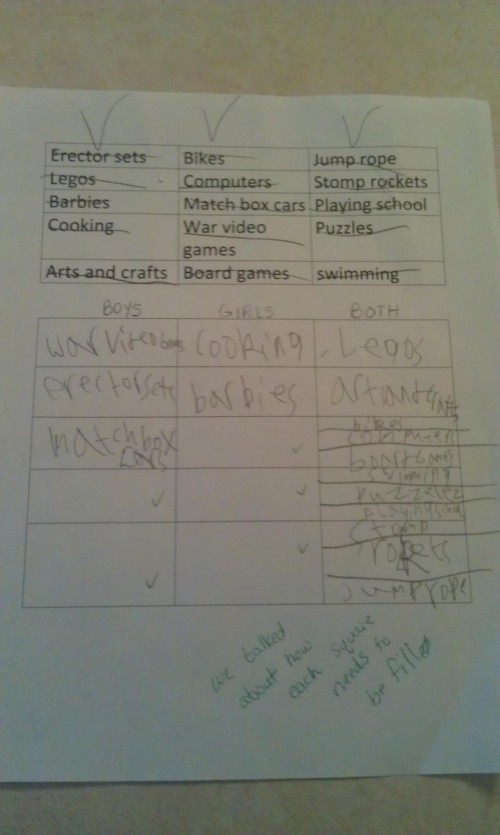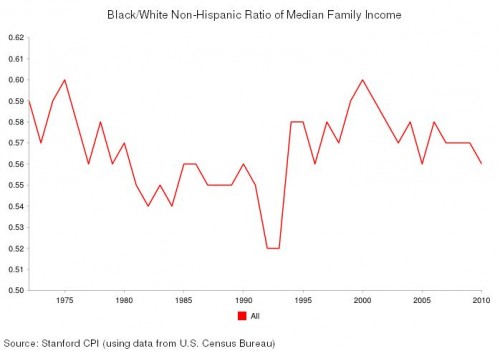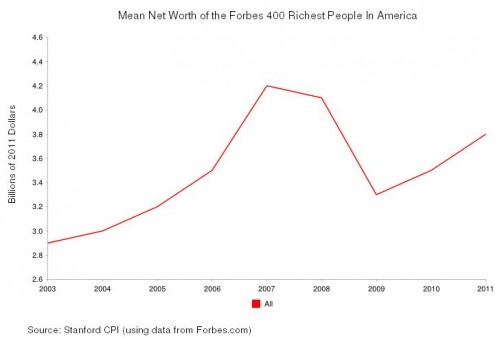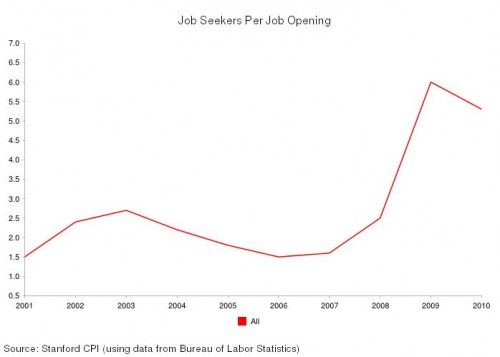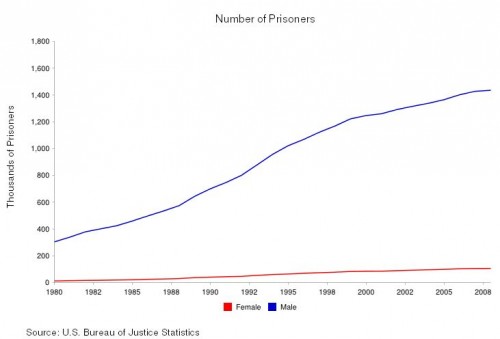The following two charts taken from a Center for Economic Policy and Research Center study by John Schmitt and Janelle Jones highlight the distressed nature of the U.S. labor market and the need for raising the minimum wage and strengthening union organizing.
Schmitt and Jones define low wage work as that work paying $10.00 an hour or less in 2011 dollars. As the charts show, low wage workers are far more educated and older in 2011 than in 1979.
Education and experience are not sufficient to ensure a living wage.
Not surprisingly, growing numbers of low wage workers at Walmart and at chain fast food restaurants have begun engaging in direct action for higher wages and better working conditions. They deserve our support.
—————————
Martin Hart-Landsberg is a professor of Economics and Director of the Political Economy Program at Lewis and Clark College. You can follow him at Reports from the Economic Front.



